No Brand
When looking for trail mix or toiletries, I often head to Korea’s largest discount retailer and hypermarket E-mart—the equivalent of a mega Target in the US with a presence so strong that it’s rumored to have been the cause of Wal-Mart withdrawing from South Korea.
On a recent visit I noticed that E-mart had a relatively new line of products with the label “No Brand.” The tagline reads: “It’s not about the brand. It’s about the consumer. Your path to becoming a smart consumer.”
If you’ve read “I don’t need a brand. I need a product.” you already know that it’s impossible to have a product without a brand since a brand is not actually the branding (logo, messaging, etc.) but rather what consumers retain in their minds about a product or service. This “No Brand” brand is not exempt. Even though E-mart already has their own store brand and did not physically stamp their name onto these no-brand products, the dark yellow packaging that’s the signature color of the retailer and the little smiley face next to the words “No Brand” assured me that these were good to buy and were actually backed by the umbrella brand promise of E-mart.
Essentially, the “No Brand” product line is branded as a second-tier store brand, which makes it, for me, a fine choice at a fraction of the cost of comparable name brands. If E-mart was a brand I associated with poor quality products, like the 99 Cents Only Stores for example, I would think twice about purchasing their second-tier store brand. But given that E-mart is a part of the Shinsegae conglomerate, which owns the oldest department store in this very consumeristic nation, I had little doubt that the quality would be satisfactory.
No Name®
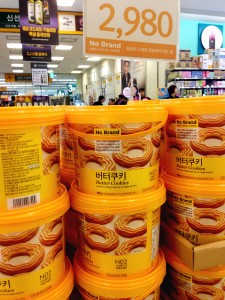
Mujirushi Ryōhin
Like No Name®, the “no-brand” strategy of Japanese retailer Muji (literally “no mark”) ended up establishing Muji as a highly regarded and trusted brand in its own right, a brand built on “two distinct stances: no brand (Mujirushi) and the value of good items (ryohin).” Muji has grown to become a globally sought-after brand, at least among many well-educated, upwardly mobile twenty- and thirty-somethings on the East and West Coasts of the US. Before the California stores opened, I knew people who would seek out Muji and their pens on visits to NYC with great fervor. On vacation in Hong Kong, my friends headed straight to Muji for the expanded clothing selection unavailable in the US stores. With many more stores across the Asia Pacific and Europe and of course, in its native Japan, I imagine there are other customer personas who identify with and embrace the Muji values and lifestyle.
Muji’s success has spurred knock-offs such as Korea’s Jaju, which has the same parent company as E-mart, and is described as a Korean Muji among those familiar with both stores. The popularity of no-frills brands that represent “no brand” continues to grow as these no-brand brands establish a brand based on classic brand attributes, starting with their “promise of trust and shared values.”
A brand is always more than marketing slogans and cannot be built on empty promises, but these brands with their rather sly brand of “no brand at all” have actually built pretty strong brands.
Do you need an affordable way to improve your brand today?
Because we know that not everyone needs or can afford our full process, we created a guided tutorial package for our foundational brand strategy tool: the Brand Pyramid. Watch the video for a preview.
For more information on the brand strategy tutorial, visit here where you will find a fuller explanation and link to a free download of the first video.
Photos by the author


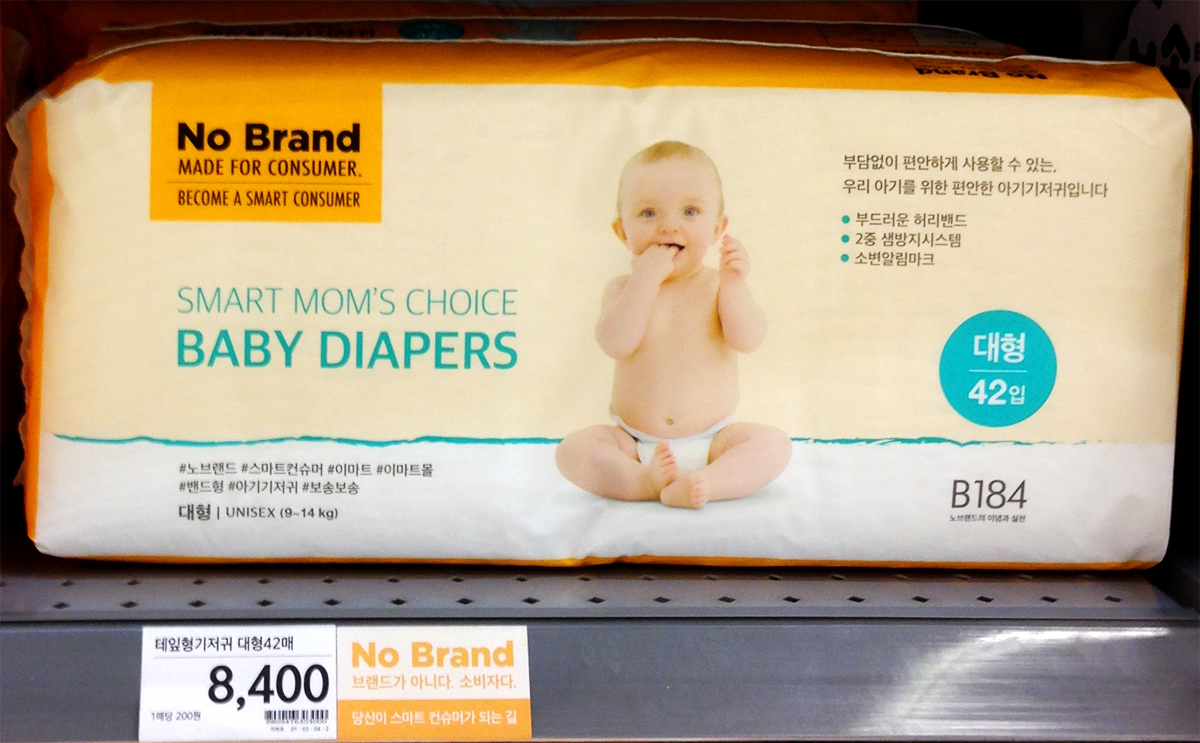
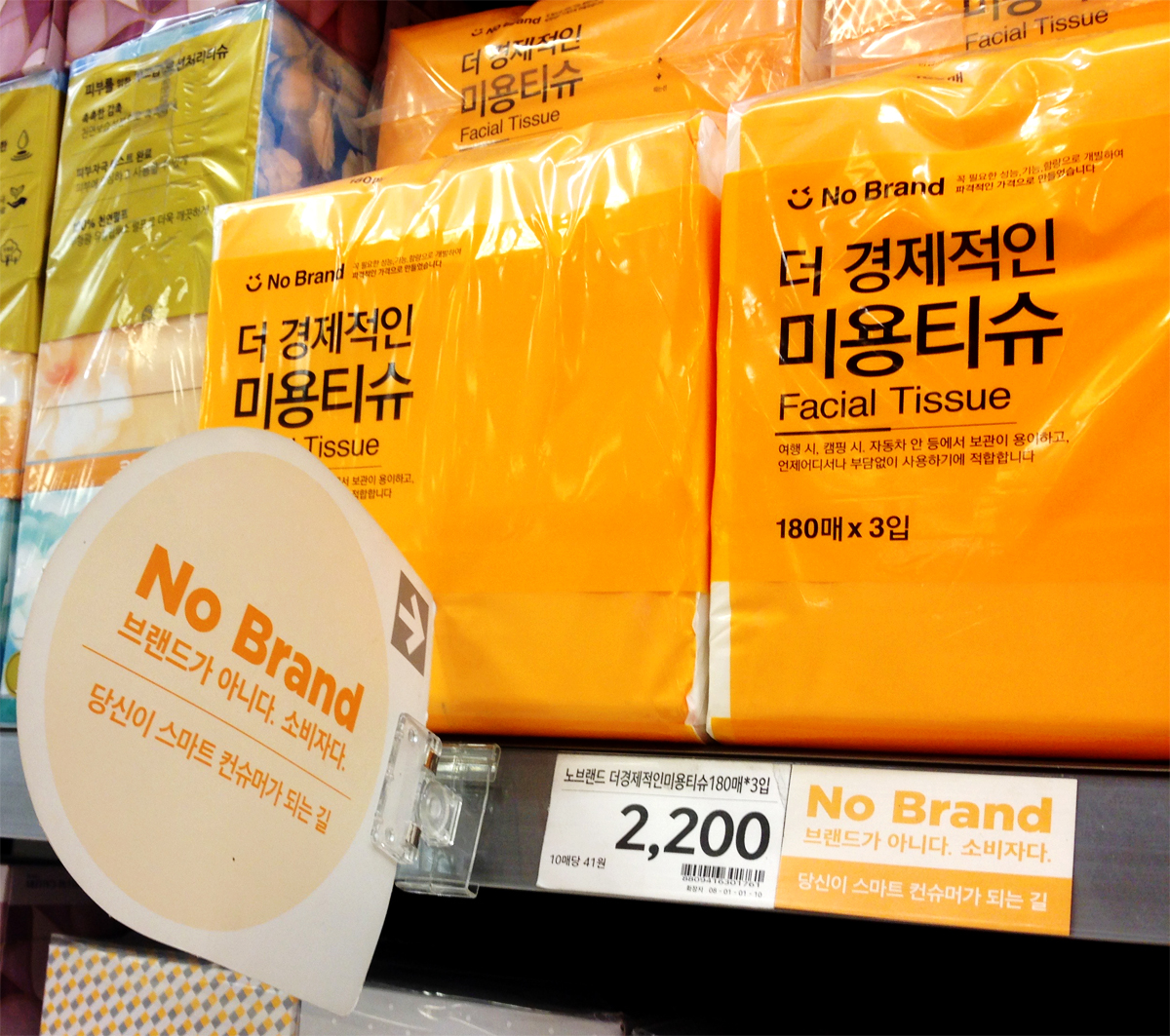
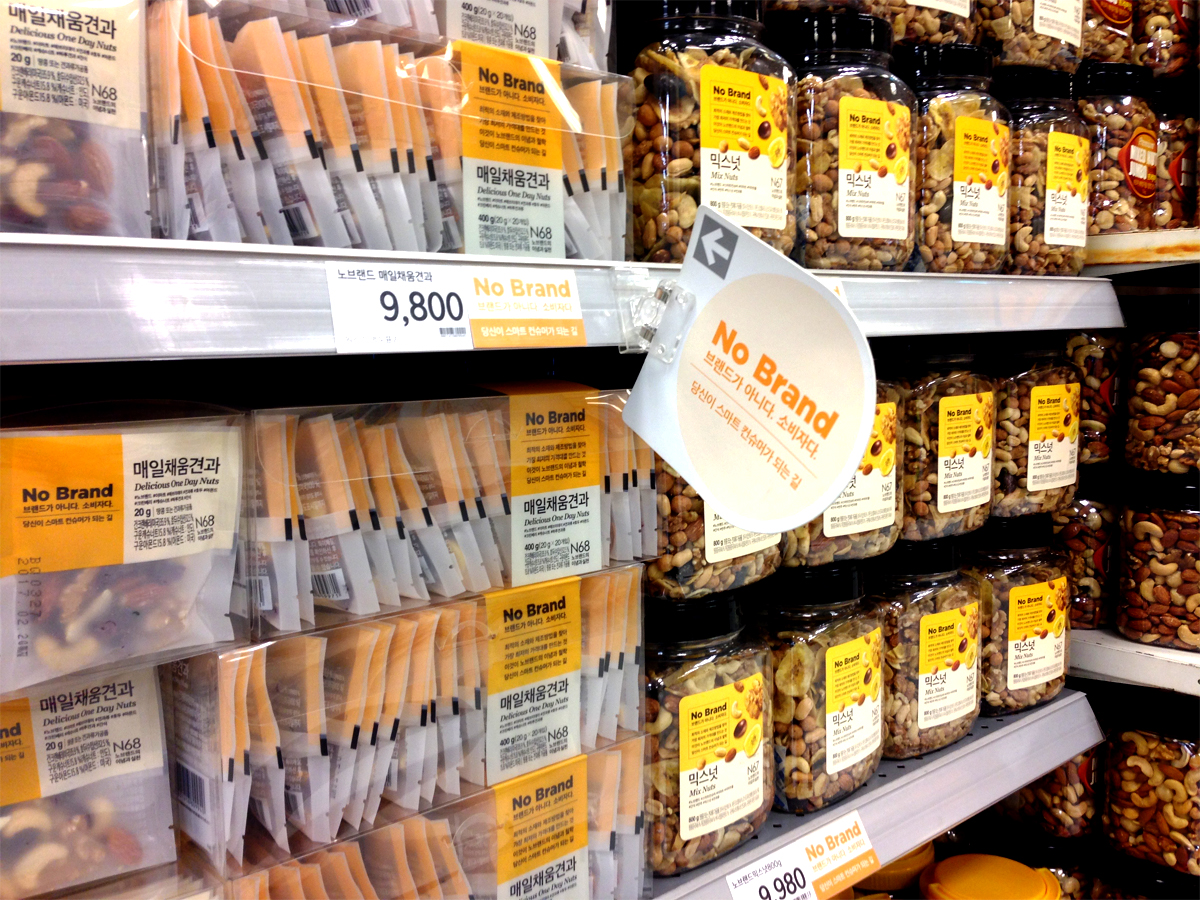
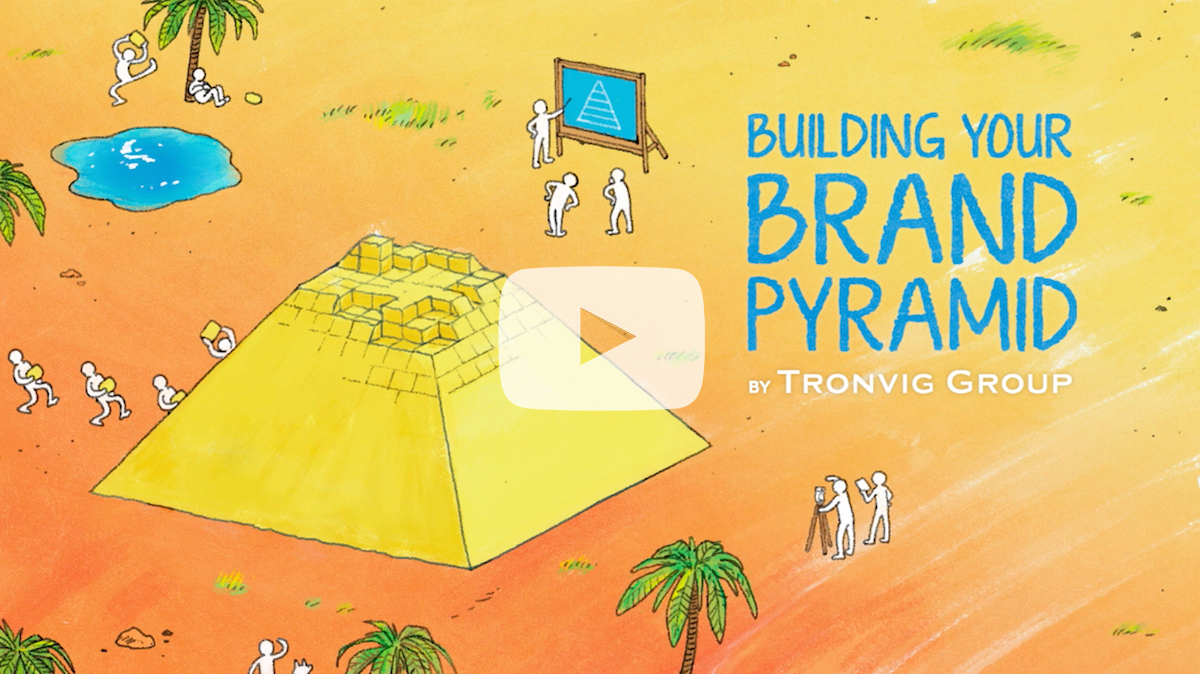
Ask for help.
We are kind, thorough and ready when you are. You just need to ask.